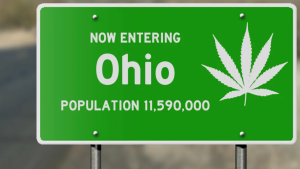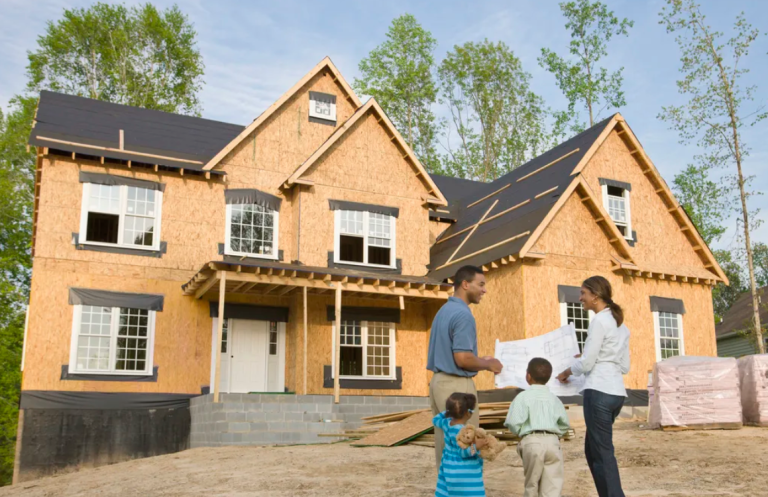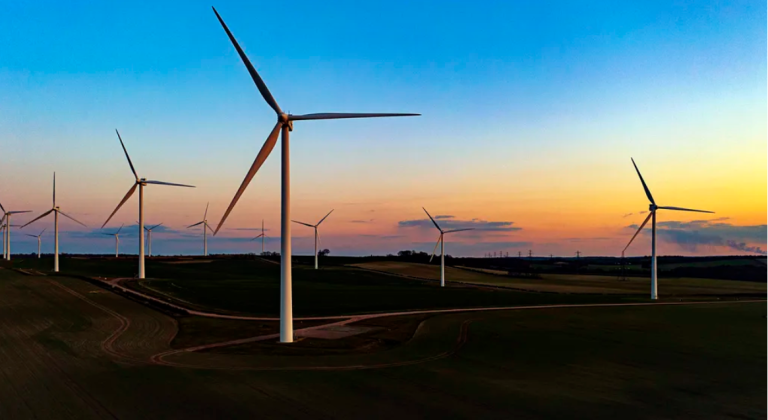The commercial real estate landscape has faced its fair share of challenges in recent years. From the economic impacts of the COVID-19 pandemic to shifts in remote work trends, the industry has undergone significant changes. However, even in the face of adversity, there are bright spots to be found. In this article, we will explore some of the promising developments within commercial real estate and the opportunities they present.
- Industrial and Logistics Real Estate:
The rise of e-commerce and the demand for swift, efficient delivery services have propelled the industrial and logistics sector to new heights. Warehouses, distribution centers, and fulfillment facilities have become crucial cogs in the e-commerce machine. Investors are increasingly drawn to this segment of commercial real estate, recognizing its stability and growth potential.
- Data Centers:
The digital age has created an insatiable need for data storage and processing. Data centers are in high demand as companies seek secure and efficient solutions for their information technology infrastructure. With the growth of cloud computing, the data center industry has thrived, offering strong returns for investors.
- Multifamily Housing:
While some commercial real estate sectors have faced difficulties, multifamily housing remains resilient. The demand for rental properties has held steady, as younger generations opt for flexibility and urban living. Well-located apartment buildings and condominiums continue to attract both investors and tenants.
- Medical Office Buildings:
The healthcare sector, including medical office buildings, remains a reliable and necessary component of commercial real estate. The pandemic underscored the importance of accessible healthcare facilities. Medical office buildings offer stability and consistent rental income, making them a favored investment choice.
- Renovations and Adaptive Reuse:
In response to changing needs, many property owners have turned to renovations and adaptive reuse projects. This approach involves repurposing older properties for new, innovative purposes. Examples include transforming former retail spaces into distribution centers or converting office buildings into residential units. This creative adaptation breathes new life into underutilized assets.
- Green and Sustainable Real Estate:
Environmental concerns and sustainability have increasingly become central considerations in commercial real estate. Properties with green and energy-efficient features not only help the planet but can also attract socially responsible investors and tenants. The integration of sustainability practices is a promising trend for the industry.
- Real Estate Technology (PropTech):
The PropTech sector has experienced rapid growth, offering solutions for real estate professionals to streamline operations, enhance tenant experiences, and improve decision-making processes. Investors who support innovation within real estate technology are poised to benefit from its potential to revolutionize the industry.
Conclusion:
While challenges in commercial real estate persist, the industry remains dynamic and adaptable. Emerging trends and segments such as industrial and logistics real estate, data centers, multifamily housing, and sustainability initiatives present exciting opportunities for investors. As the real estate landscape continues to evolve, those who stay attuned to these bright spots are well-positioned to thrive in this ever-changing market.


























